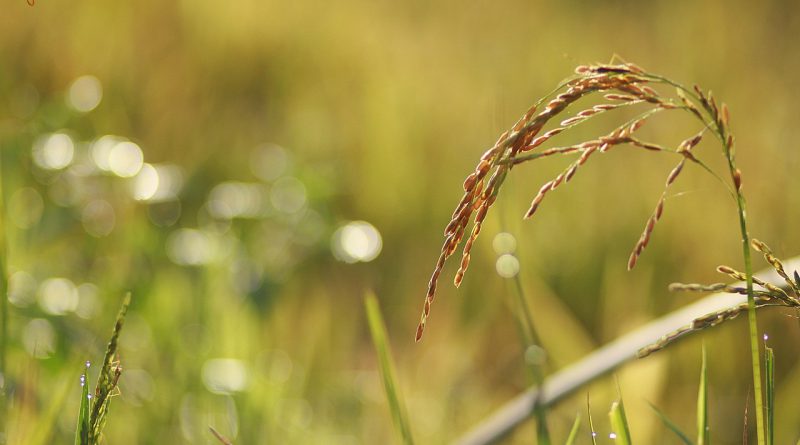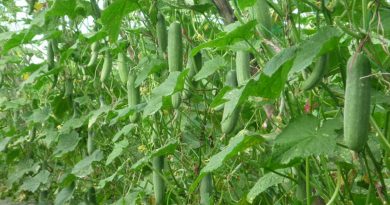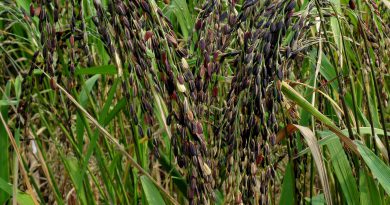| In this study, we conducted to identify QTLs which controlling the salinity tolerance in rice using F2/F3 population which derived from the cross between the Chanhtrui (highly tolerance) and Khangdan18 (susceptible) rice cultivars. The study results showed that: salinity tolerance was controlled by multiple genes. Fresh and dry shoot weights of F3 rice lines ranged from 0.13g to 0.40g and from 0,05g to 0,12g respectively; Natri ion concentration in dry root of susceptible lines are higher than those of tolerance lines; Kali ion concentration in dried shoot and root of susceptible lines are lower than those of tolerance lines; Natri ion/Kali ion ratio in dried shoot and root of tolerance lines are lower than those of susceptible lines. The molecular map was constructed to cover by 192 SSR markers which distributed on 12 chromosomes with the total distance 1.797cM, and the average distance between two markers was 9,4cM. 10 QTLs were detected on chromosomes 1, 3, 4, 6, 7 and 9; QTLs named as: qSFW-1a-CK, qSFW-1b-CK, qRK-1-CK, qSN-1-CK, qSDW-3-CK, qSTR-4-CK, qSNK-6-CK, qSDW-7-CK, qSNK-9-CK, qRNK-9-CK; flanking markers of QTL as: RM323-RM8144, RM449-RM8094, RM1287-RM8094, RM3412-RM220, RM2593-RM563, RM1359-RM127, RM141-RM253, RM5481-RM5720, RM242-RM460, RM105-RM287 respectively. Six QTLs (qSFW-1b-CK, qRK-1-CK, qSN-1-CK, qSTR-4-CK, qSNK-6-CK, qSDW-7-CK) had the nagetive AE (Additive effect) values which explained Khangdan18 variety contributed to increasing salinity tolerance. The qSTR-4-CK located on chromosome 4 is major QTL, because this QTL had the largest LOD (13,25) and phenotypic variation (39%). |



